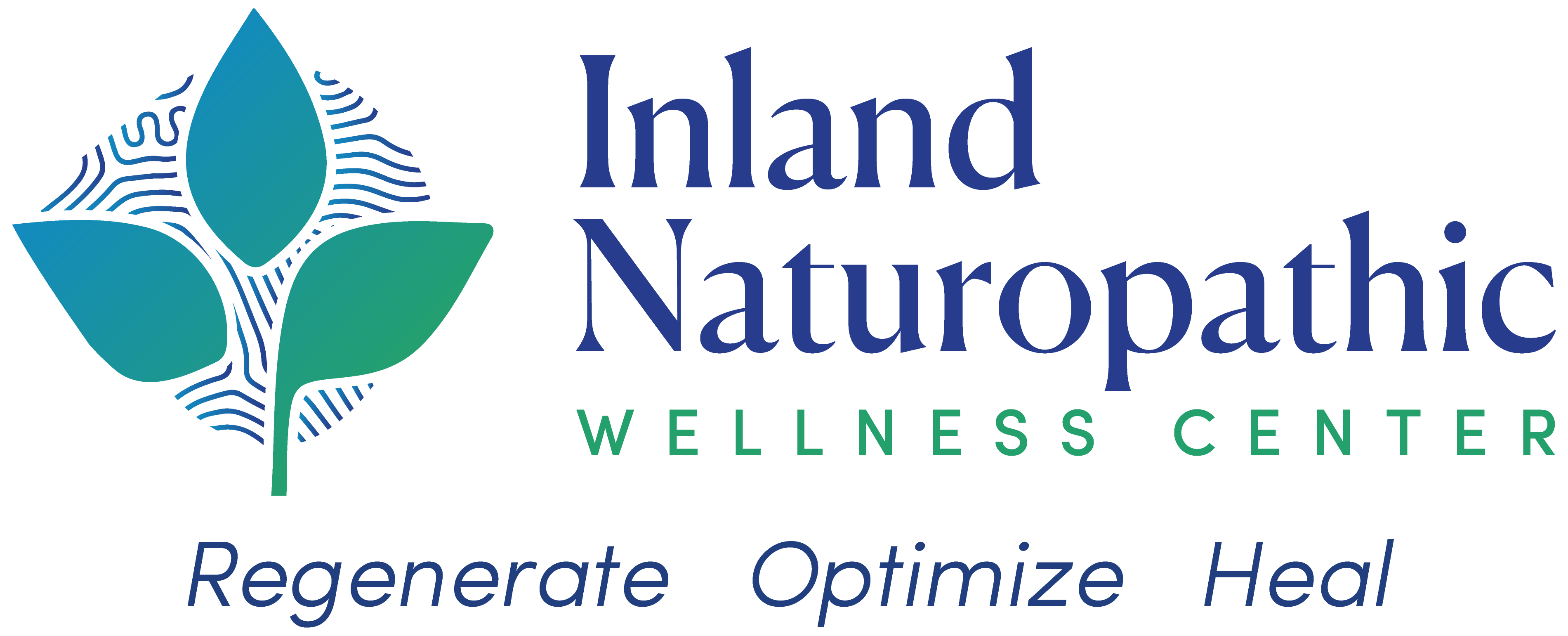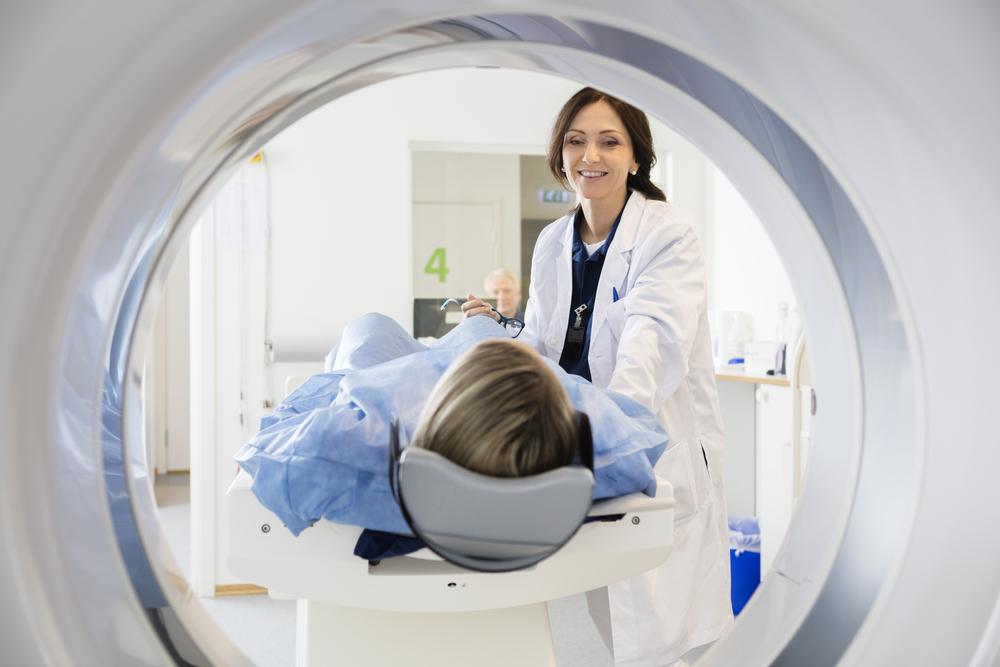Heart disease remains the number one cause of death in the United States, claiming hundreds of thousands of lives each year. Many people don’t realize they have coronary artery disease until a major event such as a heart attack or stroke strikes without warning. This happens because heart disease often goes undiagnosed until it’s too late.
This is more than just knowing your risk factors for heart disease but rather knowing if you actually have heart disease. The core of the problem is not just knowing how much plaque is in your arteries, but what kind of plaque. The CT angiogram (also called a coronary CT angiogram) is revolutionizing how we detect and prevent heart disease by revealing the type and quality of plaque. This is information a traditional calcium score simply cannot provide.
The Difference Between Hard and Soft Plaque
Plaque forms when cholesterol, fat, calcium and inflammatory cells build up in the walls of your coronary arteries. But not all plaque is created equal:
- Calcified (hard) plaque is more stable and less likely to rupture. It represents “old” plaque that has hardened over time.
- Soft (vulnerable) plaque, also known as non-calcified plaque, is fatty and inflamed. This type of plaque is more likely to rupture suddenly, causing a clot that can block blood flow and trigger a heart attack.
Most heart attacks occur from the rupture of soft, vulnerable plaque, not from heavily calcified plaque. That’s why understanding plaque composition matters more than just measuring how much calcium is present.
Why a Calcium Score Alone Isn’t Enough
A coronary artery calcium score (CAC) is often the only test people get when screening for heart disease risk. While useful, it has serious limitations:
- It only detects calcified plaque—completely missing soft, non-calcified plaque, which poses the highest risk.
- A score of “zero” may give a false sense of security, since dangerous soft plaque may still be present.
- It cannot assess arterial narrowing, plaque burden, or plaque composition, key factors that predict heart events.
As discussed in our Inland Naturopathic Wellness Center blog, a Cleerly CT angiogram goes beyond the calcium score to show how much plaque buildup you have, where it’s located, and most importantly what type of plaque it is. (Source)
The Benefits of a CT Angiogram
A coronary CT angiogram (CCTA) is a non-invasive imaging test that uses advanced CT technology to visualize the coronary arteries in detail. It’s the next generation of heart disease detection, offering several key advantages:
- Detects both hard and soft plaque: Unlike a calcium score, a CT angiogram identifies vulnerable, non-calcified plaque that could rupture and cause a heart attack.
- Shows plaque volume and burden: It provides a complete map of your arterial health, not just a number.
- Identifies high-risk plaque features: Coronary CT detects multiple features of high-risk plaque such as remodeling and low attenuation. These increase the likelihood of rupture.
- Guides personalized treatment: Knowing whether you have hard or soft plaque allows us to custom tailor therapies, nutrition, and lifestyle interventions for optimal heart health.
The Cleerly CT angiogram goes one step further, using artificial intelligence to quantify plaque composition and distribution, turning invisible risk into actionable data. This empowers you and shifts the landscape to prevent heart disease before symptoms begin. (Cleerly Health)
Why Early Detection Matters
For women and men focused on preventive medicine, longevity, and vitality, knowing your plaque type is life-changing. A CT angiogram offers peace of mind and a clear roadmap for prevention. Early intervention through nutrition, stress management, detoxification, and naturopathic therapies can transform vulnerable plaque into stable, calcified plaque and dramatically reduce future risk.
In short, a calcium score measures quantity; a CT angiogram reveals quality, and quality determines outcomes.
Take Control of Your Heart Health
Don’t wait for symptoms. Detect hidden heart disease early with a CT angiogram and protect your heart before damage occurs. Contact Inland Naturopathic Wellness Center today to learn how Cleerly heart scans can provide a more accurate, detailed, and personalized view of your cardiovascular health.
Dr. Ayo Bankole
Ayo Bankole is a licensed Naturopathic Doctor treating persons with heart disease, diabetes, inflammation, and other environmental and lifestyle related conditions. He also possesses advanced training in environmental medicine and uses IV nutritional therapy, detoxification and chelation therapy.
He is a member of the American Academy of Anti-Aging Medicine www.a4m.com, American Academy for the Advancement of Medicine www.acam.org, the and the California Association of Naturopathic Doctors www.cand.org.
To learn more about our approach to treating heart disease call 909-981-9200 to schedule your FREE DISCOVERY CALL.
References
- How Cleerly can help you see coronary artery disease (CAD), Cleerly Patient Education. Cleerly+1
- Kolossváry M, et al. Plaque imaging with CT—a comprehensive review on coronary CT angiography. PMC. 2017. PMC
- https://radiologyassistant.nl/cardiovascular/cad-rads/coronary-artery-disease-reporting-and-data-system?utm_source=chatgpt.com
- A. Shiyovich, et al. Quantitative Coronary Plaque Analysis by Coronary Computed Tomography Angiography: Is it Ready For Primetime? Nov 20, 2024
- https://cleerlyhealth.com/patient-education
- Shmilovich H, et al. Vulnerable Plaque Features on Coronary CT Angiography. PMC. 2011. PMC
- Yoo SM. “Current Concepts of Vulnerable Plaque on Coronary CT Angiography”. e-CVIA. 2017. CVIA
Quantitative Coronary Plaque Analysis by Coronary Computed Tomography Angiography: Is it Ready For Primetime? ACC.org. 2024. American College of Cardiology

